Finding Belonging in the Filipino Food Community
11 min read Exploring how Filipino food fosters community, preserves culture, and creates a sense of belonging through personal culinary stories. September 30, 2025 18:05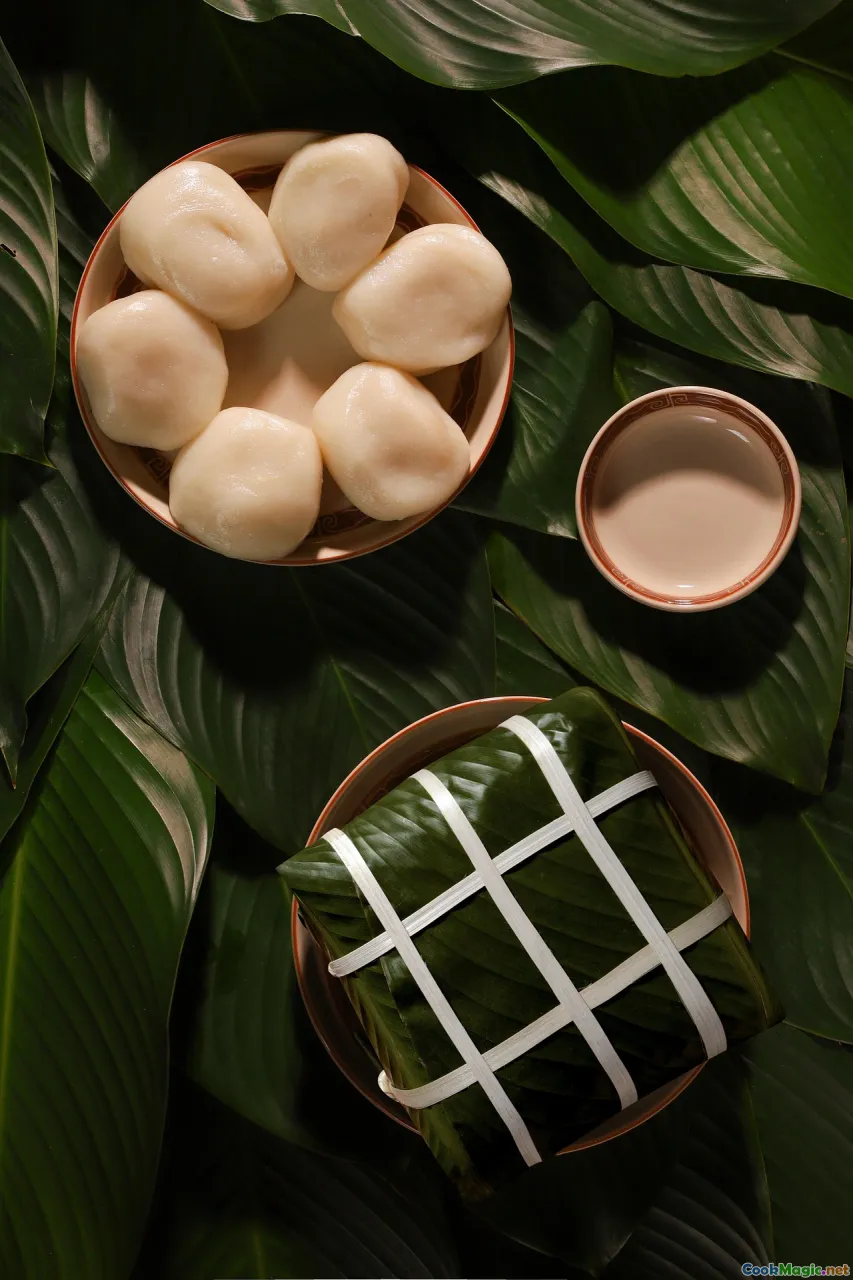
Finding Belonging in the Filipino Food Community
There’s an unspoken warmth and vibrancy when I think of Filipino food—and it’s not just about the ingredients or the dishes, it’s about the stories, memories, and shared moments that transform each meal into a collective experience. Growing up amidst the aromatic embrace of adobo bubbling on the stove, the sweet aroma of halo-halo cooling in the summer heat, and the pulsating rhythm of sizzling pancit on special occasions, I’ve come to realize that Filipino cuisine is more than just sustenance. It’s a bridge—connecting generations, continents, and hearts.
For anyone seeking belonging, especially within the Filipino food community, the journey often begins with understanding that these dishes are not just recipes; they are living narratives that carry the soul of the Filipino identity. In this exploration, I’ll share personal stories, cultural insights, and practical tips on how embarking on this culinary voyage can create a sense of community, purpose, and home.
The Heartbeat of Filipino Food: More Than Just a Meal

Filipino food is inherently communal. From the fiesta tables overflowing with lechon, to the humble rice bowls shared during everyday meals, it’s about breaking bread together. Each dish embodies history and emotion—but for many newcomers or even second-generation Filipinos living abroad, it can also symbolize longing and identity.
Growing up in a household where the aroma of garlic and vinegar always greeted us at the door, I learned early on that food is love. My lola (grandmother) would painstakingly prepare these dishes, pouring her heart into each step—crushing garlic, marinating pork, cooking slow over a low flame—each move infused with devotion. These moments cultivated our sense of belonging, reminding us of our roots, no matter where life took us.
Personal Reflection: My First Adobo and the Sense of Home
The first time I learned to cook adobo under my mother’s watchful eye, I was overwhelmed by the blend of tangy vinegar, salty soy, and tender chicken simmering together into a harmonious broth. The taste transported me back to my childhood, to afternoons spent in my grandmother’s kitchen, laughter echoing amid clinking cookware. Every stir, every smell was a thread woven into my identity, a tangible link to my ancestors.
Embracing Diversity Within the Filipino Food Community
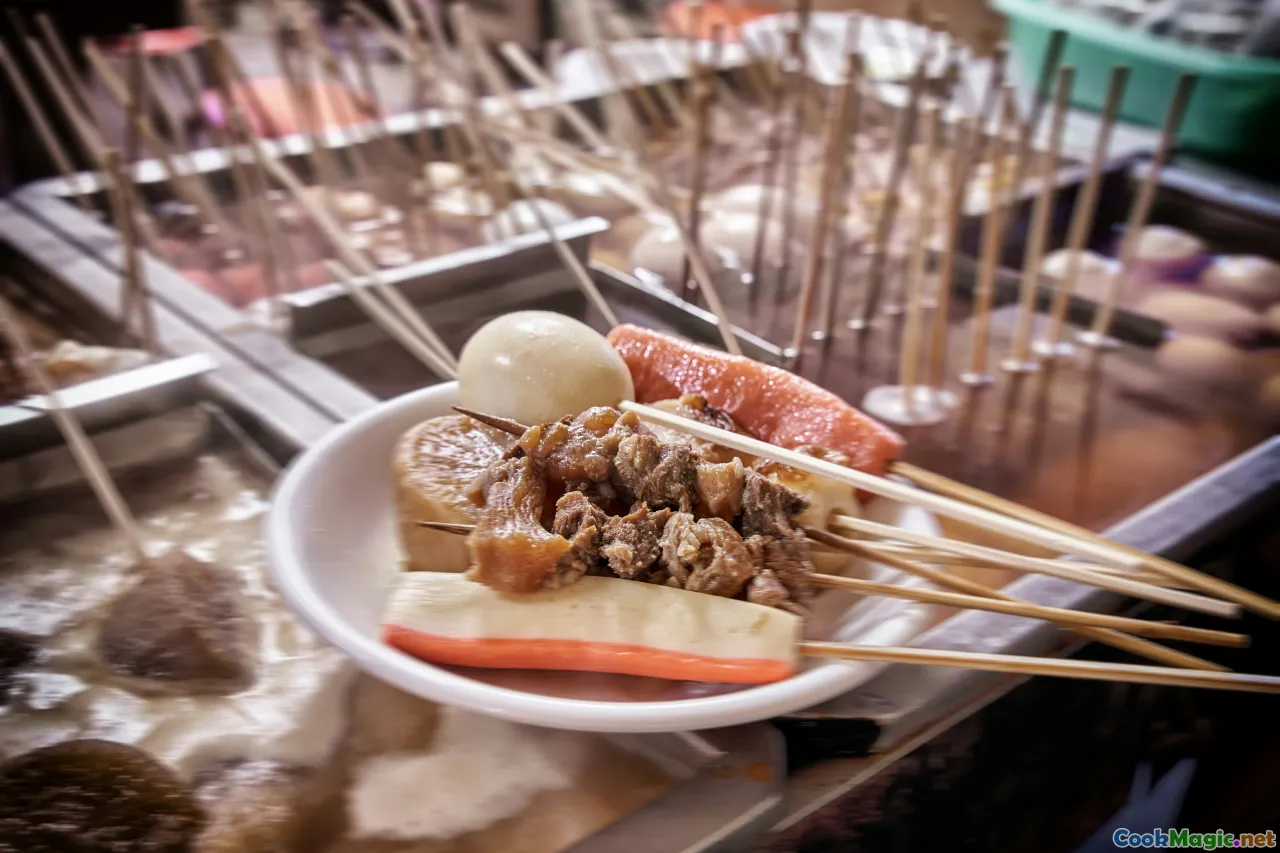
The Filipino culinary landscape is as diverse as its islands. Each region boasts distinct flavors—Ilocano tambaqui, Bicol’s spicy Bicol Express, Visayan budu. Yet these differences often serve as pathways to greater understanding rather than divisions.
Personally, discovering the beauty of kakanin (native rice cakes) from Mindoro or the fiery heat of Bicol’s laing helped me appreciate how regional traditions contribute to a richer, more inclusive community. I’ve learned that embracing these variations fosters a sense of unity, celebrating what makes each community unique while recognizing our shared heritage.
Personal Insights: Connecting Over Fusion and Innovation
As a culinary enthusiast, I’ve experimented with modern twists on traditional dishes—adding locally sourced artisanal ingredients to classic recipes or reimagining halo-halo with exotic fruits. Sharing these creations during potlucks or online forums transformed into moments of connection. It’s in these exchanges—screens illuminating glimpses of our kitchens and stories—that I found belonging. We’re all writers and artists, creating new chapters in the vast tale of Filipino cuisine.
The Power of Rituals and Traditions

Festivals like Ati-Atihan and Sinulog are colorful expressions of faith and culture, bursting with music, dance, and of course, delicious food. But even outside these grand celebrations, daily rituals forge a sense of community.
Preparing paborito (comfort foods) like sinangag (garlic fried rice) in the early morning, sharing palabok during family birthdays, or making puto during local festivals—all these routines create continuity and belonging.
How-To: Establish Your Own Food Rituals
Start small—schedule regular cooking days with family or friends. Share recipes passed down through generations, or learn from fellow Filipino expatriates. Gathering over dishes like kare-kare or mė-kads (Filipino-style barbecue skewers) can turn ordinary moments into treasured traditions.
Reclaiming and Honoring Heritage Through Food
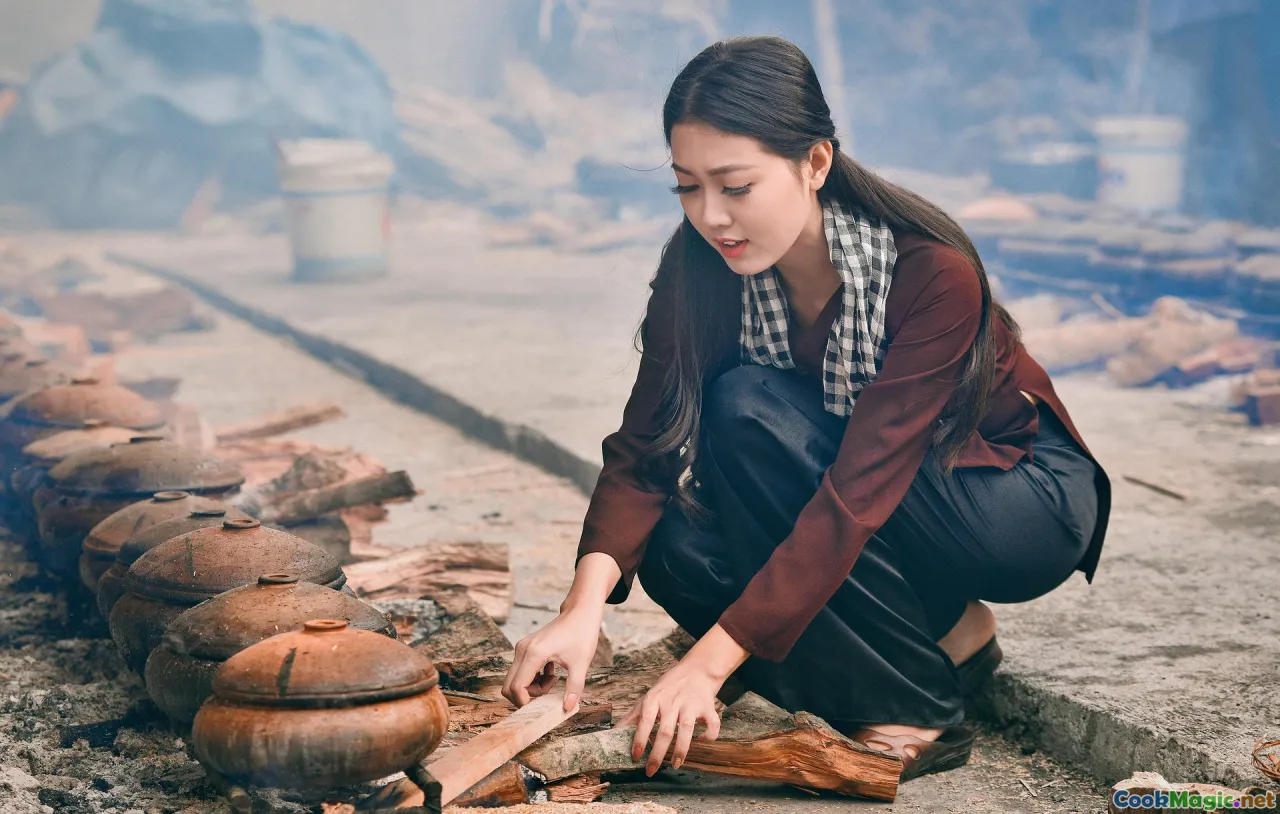
For many Filipinos abroad or born outside the Philippines, reconnecting with the cuisine becomes a form of reclamation—a way to honor our ancestors and culture. It’s about more than sustenance; it’s about telling our stories.
In my own journey, I sought to understand the roots of dishes like dinuguan (pork blood stew). Learning about the historical significance of such dishes, often rooted in pre-colonial practices, deepened my appreciation and cemented my place in the larger Filipino narrative.
Tip: Document Your Food Journey
Keep a journal or blog about your experiences cooking traditional dishes. Share stories of your ancestors and explore the history behind key ingredients—like salabao (Filipino bread roll) or natto (fermented fish). This process of storytelling fosters a deeper connection.
Building a Community Beyond Borders
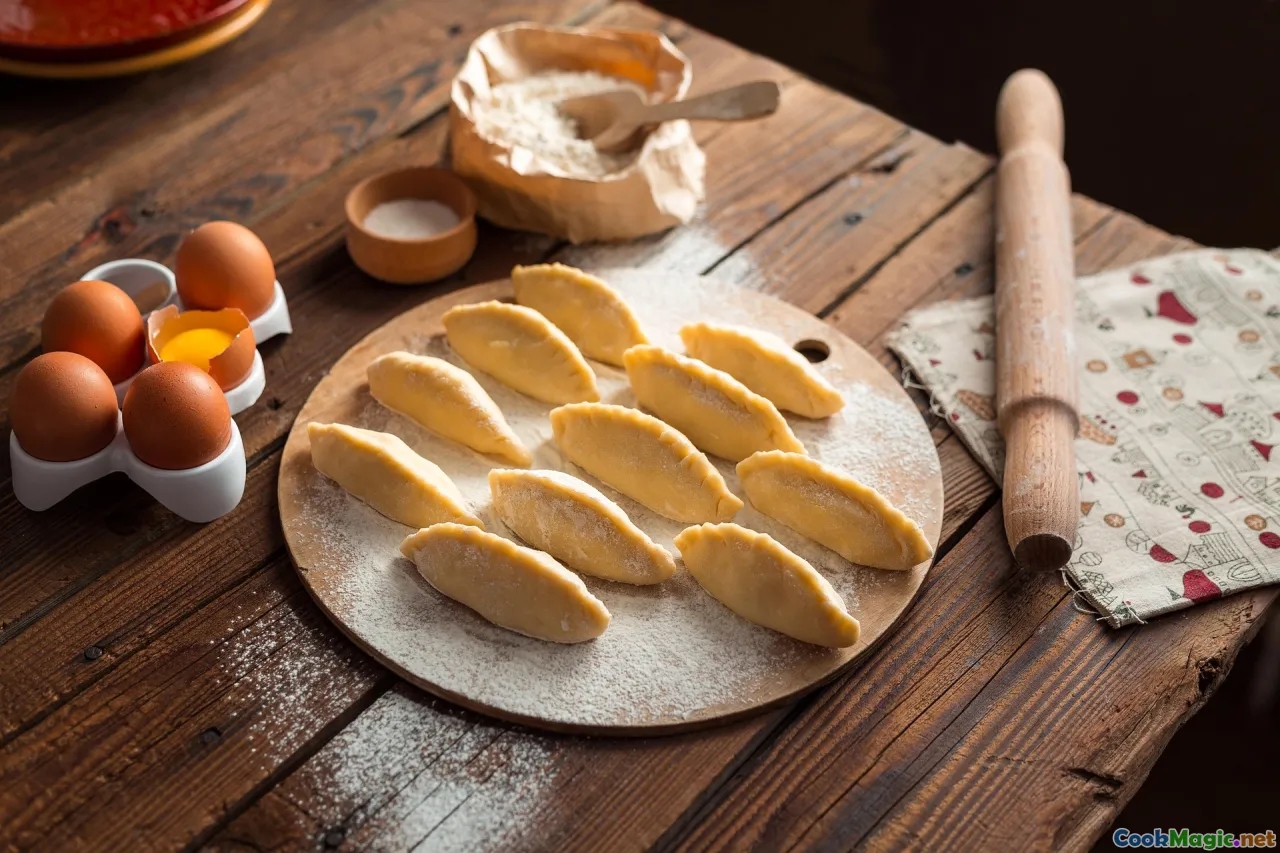
Today, social media and online forums connect Filipinos—and lovers of Filipino food—worldwide. These platforms are invaluable for sharing recipes, celebrating festivals virtually, and supporting each other’s culinary explorations.
I vividly remember participating in an online Filipino food exchange during the pandemic, where I exchanged recipes with someone from Vancouver and another from Sydney. Even miles apart, our shared love for lechon and bibingka created instant bonds.
How to Engage: Join or Start a Filipino Food Group
Look for local Filipino communities or start your own online cooking club. Host virtual potlucks, share cooking tips, or swap stories—these acts of sharing nurture the sense of belonging across boundaries.
The Joy of Personal Food Stories
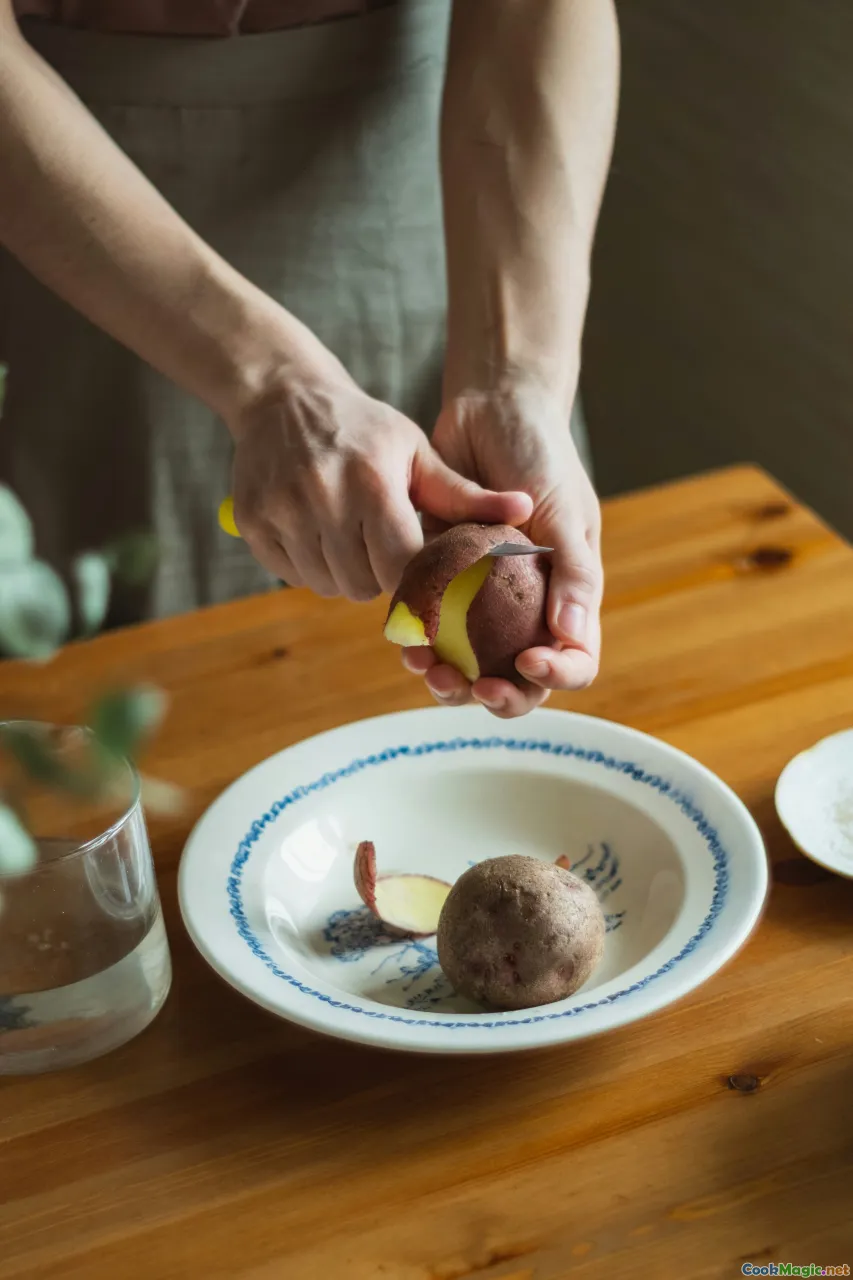
At the end of the day, what keeps the Filipino food community alive is the stories behind each spoonful—each dish a vessel of memory and emotion. I cherish quiet mornings when I cook tapang tané (cured pork) and close my eyes, recalling my grandfather’s rich voice reciting traditional prayers as he cooked.
These stories are what tie us together. Whether it’s a grandmother’s secret recipe, a travel food discovery, or a new dish you’re inventing, sharing your personal food stories creates an emotional tapestry that reinforces our cultural identity.
Share Your Story
Start documenting your culinary journey—write a blog, post on social media, or simply keep a handwritten journal. Your unique perspective adds to the collective narrative, strengthening the fabric of our Filipino food community.
Final Thoughts: Finding Belonging Through the Love of Food
In the end, the Filipino food community is a living, breathing entity—constantly evolving yet steadfast in its core. It’s a place where each simmering pot of sinigang, each pabilog na lumpia, and each shared experience confirms that no matter where we are in the world, we belong.
Cooking and sharing Filipino dishes isn’t just about feeding the body; it’s about nourishing the soul and reaffirming our connection to a culture rich in history, resilience, and love. So grab a spoon, gather your loved ones, or simply indulge in a moment of reflection—because in this culinary world, you belong.
Eat with love, share with purpose, and continue weaving your story into the vibrant fabric of the Filipino food community.









